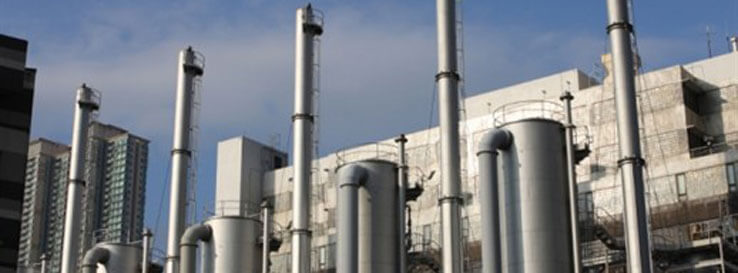
A recent article in the Deseret News by Amy O’Donaghue (Deseret News, Dec. 22, 2011) reported on new research that culled atmospheric air samples. The samples showed that metallic mercury is transformed into oxidized mercury, which can then be easily deposited into water systems and enter the food chain. These findings were gathered during research flights in 2010 over North America and Europe by the National Center for Atmospheric Research.
Air samples were collected every 2 ½ minutes onboard an airplane that flew through the stratosphere. This research revealed for the first time that metallic mercury is oxidized in the upper atmosphere, though it is still unknown how quickly the oxidative process takes. Once it does occur it is quickly removed from the atmosphere through simple air movement towards the earth’s surface or through precipitation and eventually enters the food chain where human’s consume it.
Seth Lyman (Utah State University’s Energy Dynamics Laboratory) explained that the “upper atmosphere is acting as a chemical reactor to make the mercury more able to be deposited to ecosystems”.
Lyman said “Mercury emitted on the other side of the globe could be deposited right at our back door, depending on where and how it is transported, chemically transformed and deposited”.
So what does this research and report have to do with dentistry?
The EPA has pointed its finger at the dental profession as a source of environmental contamination by mercury. It is widely known that silver fillings contain mercury. But repeated research has shown that the trace amounts of mercury in silver fillings are not enough to contaminate the environment, or to increase mercury levels in humans that have silver fillings in their teeth.
Instead, environmental contamination and increasing human blood mercury levels are a result of industry.
